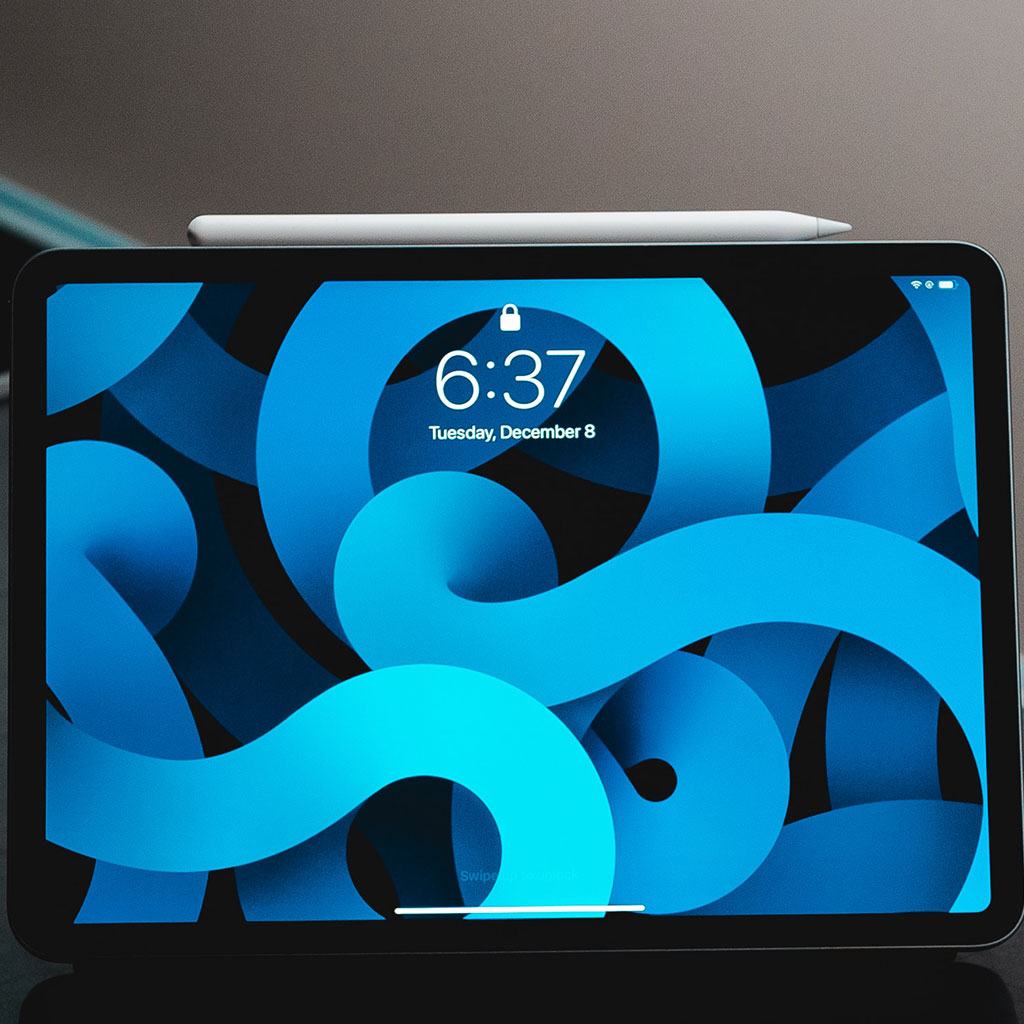Where are PDF downloads on iPad
Where are PDF downloads on iPad
Discover how to find and organize your downloaded PDF files on an iPad using the ‘Files’ app. Learn about the convenient storage system that keeps your documents accessible and well-organized in one location.
Methods for downloading PDF files on an iPad
Downloading PDF files on an iPad can be a straightforward process. The first step is to find the file you wish to download – this can be done with your Safari web browser. Once you have found the PDF document, use the Share button located at the top of your screen to the right of the web browser address bar. You will then be able to select ‘Save to Files’ from the list of actions which appear. Afterwards, navigate to the desired location where you wish to store the file and tap on that location. Lastly, choose ‘Save’ and that’s it – your PDF has been successfully downloaded.
This simple method allows an iPad user to quickly and efficiently download a PDF document, saving them time and making sure they can instantly access what they need without any hassle or disruption. Furthermore, due to its straightforward instructions and easy-to-use design, anyone should be able master this technique within just a few short minutes.
Discover the secret to unleashing the power of PDF downloads on your iPad!
PDF files downloaded on an iPad are typically stored in the “Files” app, which acts as a central location for managing different types of files, such as documents, images, and downloads. Here’s a detailed explanation of where to find PDF downloads on your iPad:
- Open the “Files” App: To access your downloaded PDF files, start by opening the “Files” app on your iPad. This app comes pre-installed and is represented by a blue folder icon.
- Locations in “Files” App:
- On My iPad: If you have downloaded PDF files using apps like Safari or Mail, they might be located within the “On My iPad” section in the “Files” app. Tap on “On My iPad” to explore its contents.
- Downloads: Some apps, especially web browsers like Safari, may have a designated “Downloads” folder within the “On My iPad” section. This is where downloaded files, including PDFs, are often stored. Open the “Downloads” folder to see your downloaded PDFs.
- Navigating and Organizing:
- Once you’ve located your downloaded PDF files, you can tap on them to open and view them within the “Files” app.
- To organize your PDFs, you can create folders within the “On My iPad” section. Tap the “+” button at the top-left corner of the app to create a new folder. Give it a name, and then you can drag and drop PDF files into the folder to keep them organized.
- Importing from Cloud Services:
- If you use cloud storage services like iCloud Drive, Google Drive, Dropbox, or others, you can also access your PDFs stored in these services directly from the “Files” app. Simply navigate to the respective service’s folder within the app to access your files.
- Sharing and Exporting:
- The “Files” app also allows you to share your PDFs or export them to other apps. You can tap and hold on a PDF to reveal a menu of options, including sharing via email, messaging apps, or saving to other apps that support PDFs.
Remember that the exact location of downloaded PDFs might vary depending on the app you used to download them. Some apps might store downloaded files within their own folders within the “Files” app. If you’re unsure where a specific PDF is located, you can use the search feature within the “Files” app to quickly locate it by file name.
How to identify downloaded PDFs in the “Files” app?
In the “Files” app on your iPad, distinguishing between downloaded PDFs and other types of files is made easier by the visual cues provided by the app’s interface and the file names. When you open the “Files” app, you’ll typically see a list of files and folders. Here’s how you can differentiate between downloaded PDFs and other types of files:
- File Icons and Thumbnails: The “Files” app employs different icons and thumbnails for various file types, including PDFs. PDF files are typically represented by a small preview of the first page of the PDF. This visual representation helps you quickly identify PDFs among other files. Other types of files, such as images, text documents, or spreadsheets, will have their corresponding icons or thumbnails, making it easier to differentiate between them.
- File Extensions and Names: Another way to distinguish between downloaded PDFs and other files is by paying attention to the file extensions and names. PDF files usually have a “.pdf” file extension at the end of their names. When you view a list of files in the “Files” app, the names of the files are displayed, often making it clear which files are PDFs. For example, a file named “report.pdf” or “presentation.pdf” is likely a PDF file. On the other hand, files with different extensions like “.jpg” (for images) or “.docx” (for Word documents) will indicate different file types.
By combining these visual indicators – icons or thumbnails, file extensions, and names – you can easily differentiate between downloaded PDFs and other types of files in the “Files” app on your iPad. This intuitive design makes it convenient to locate and manage your PDF files alongside other documents, images, and files within the app.





You must be logged in to post a comment.